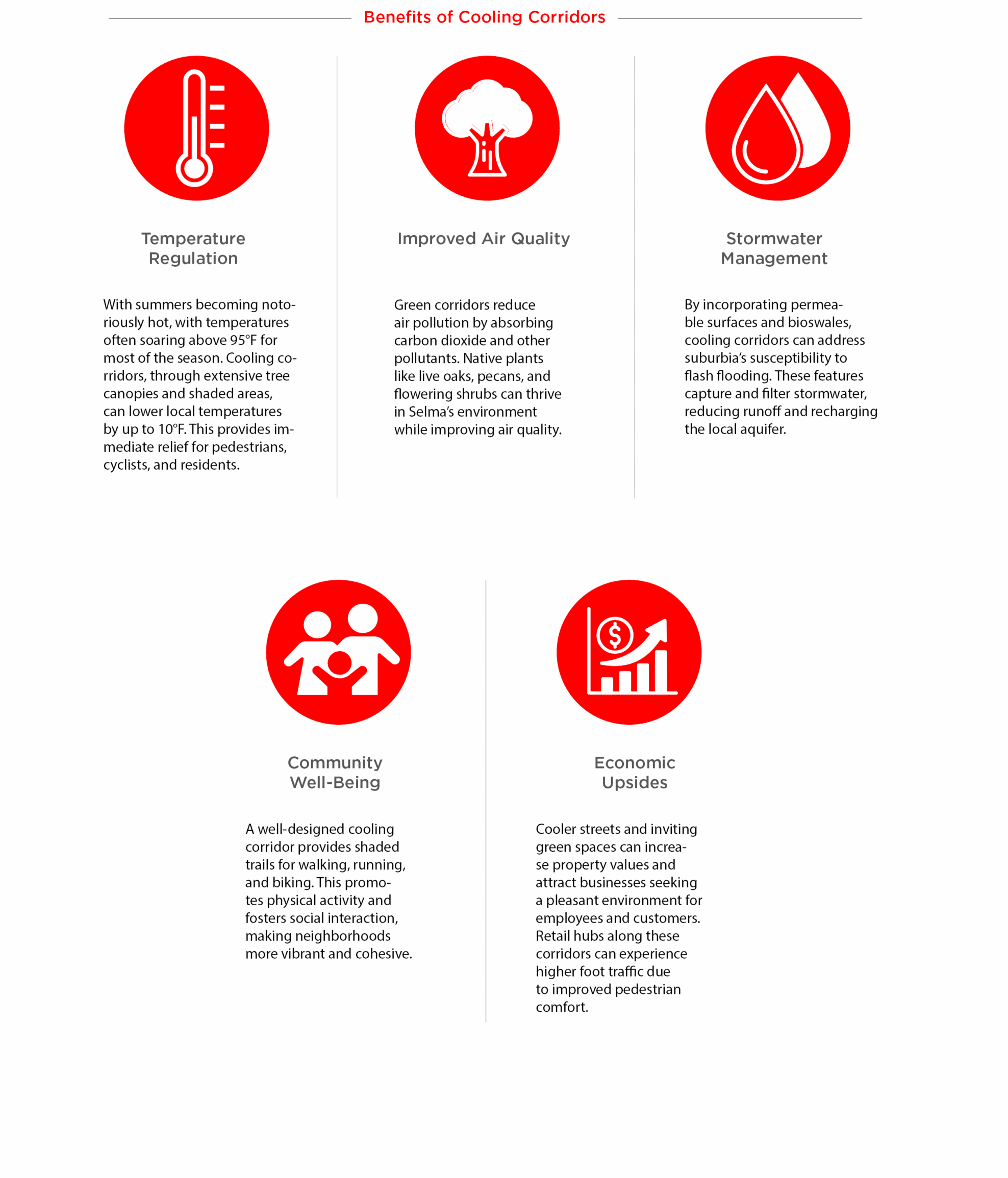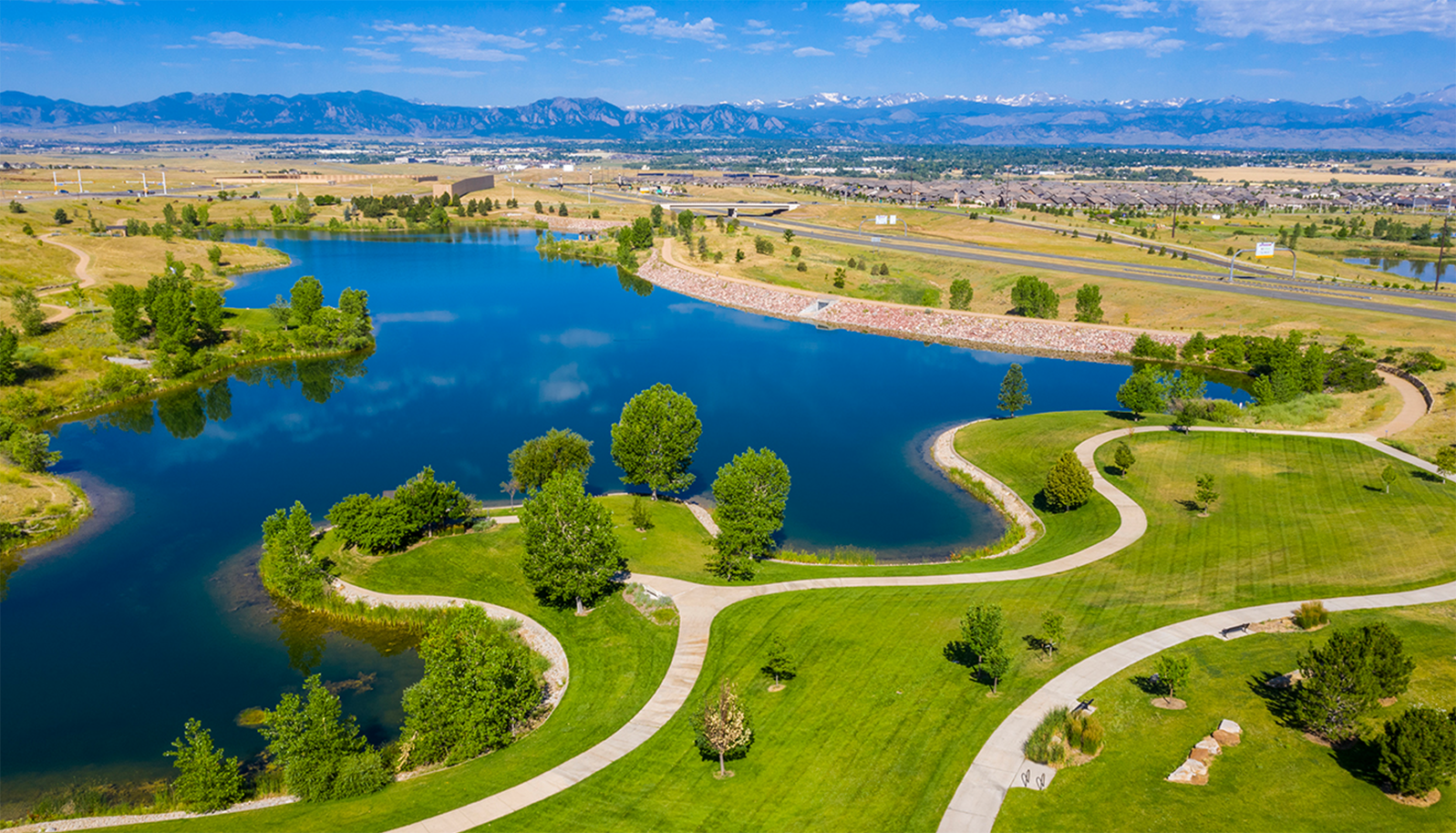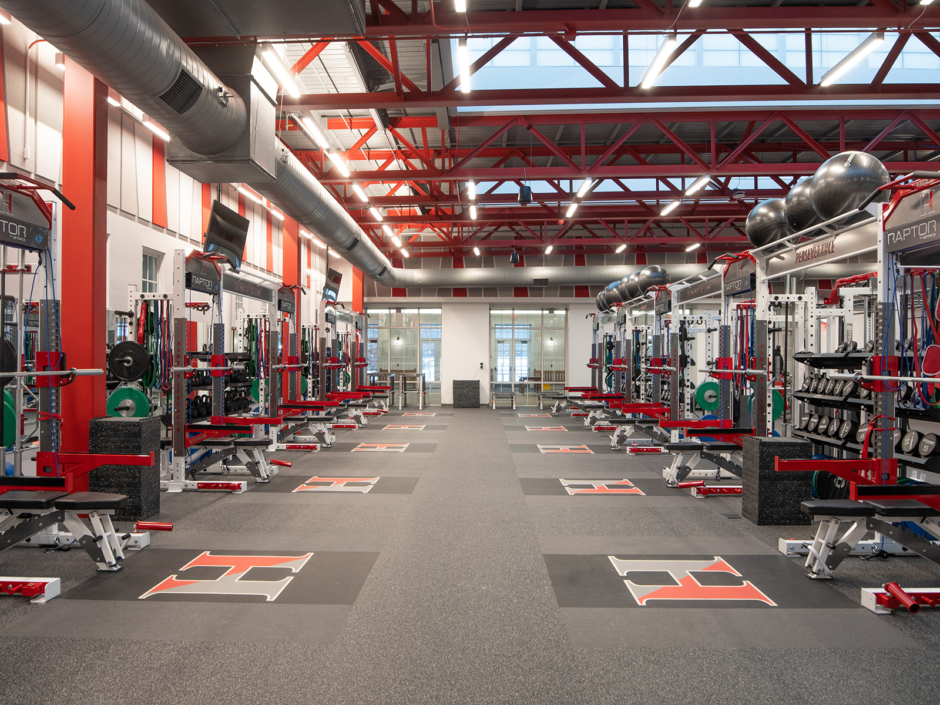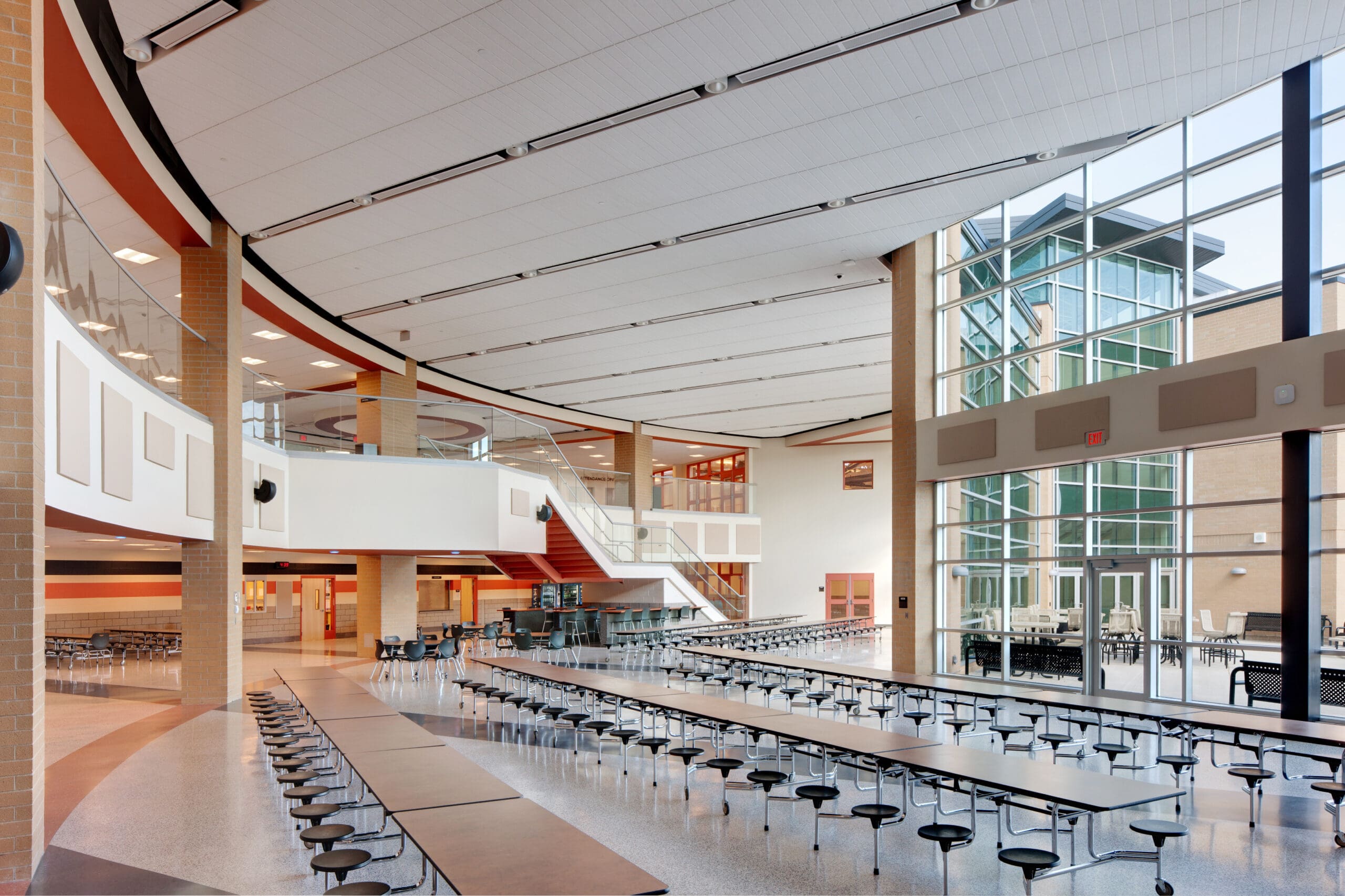As our suburban environments face increasing challenges from urban heat island effects and climate change, the integration of sustainable design solutions becomes a necessity rather than an option. For suburban communities, especially those in rapid expansion, the introduction of landscaped cooling corridors alongside shade structures can significantly transform not only the urban fabric but also the daily lives of its residents.
What are Landscaped Cooling Corridors?
Landscaped cooling corridors are strategically designed green pathways that combine vegetation, water features, and permeable surfaces to mitigate urban heat. These corridors serve as natural air conditioners, channeling cool air through walkways and reducing ambient temperatures.
A mix of residential neighborhoods and commercial zones allows cooling corridors to be tailored to enhance existing infrastructure while creating a cohesive connection between urban and natural elements.
Designing for Suburban Contexts
The success of a cooling corridor lies in its responsiveness to local conditions. For suburbia, this means:
Native Landscaping
Using drought-tolerant species ensures sustainability and reduces maintenance costs.

Connectivity
Linking parks, schools, and commercial zones creates a network that encourages walking and cycling. Connecting these places via trails and bikeways and improving existing connections like at road intersections and neighborhood entrances.
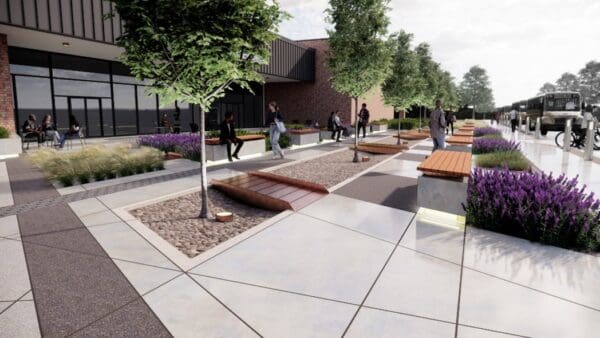
Integrated Water Features
Shaded fountains and shallow streams enhance cooling effects and provide aesthetic appeal.
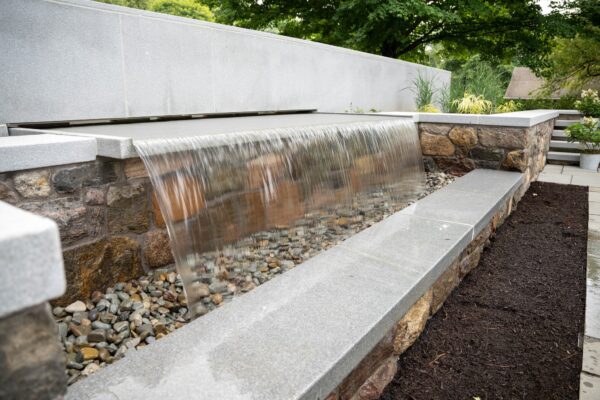
Community Involvement
Engaging local residents in the planning and maintenance of these spaces fosters a sense of ownership and pride.
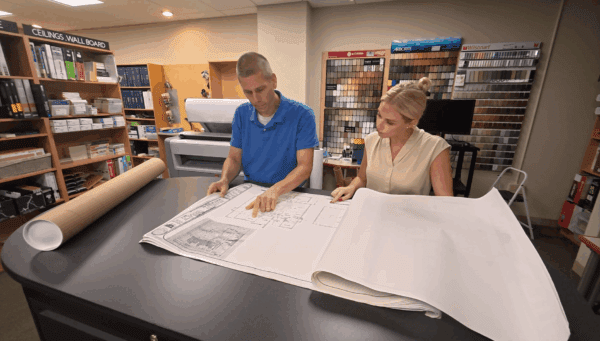
Bioswales: A Key Component
Bioswales are shallow, vegetated channels designed to capture and treat stormwater runoff. They are an essential feature of cooling corridors, serving both functional and aesthetic purposes. By slowing down water flow, bioswales help prevent erosion and flooding, while their vegetation filters pollutants, improving water quality. In Selma, bioswales planted with native grasses, wildflowers, and shrubs can thrive in the local climate, enhancing the corridor’s ecological value and visual appeal. These features not only support biodiversity but also contribute to the overall cooling effect by maintaining soil moisture and creating shaded areas.
A simple way to begin to incorporate bioswales into the greater urban fabric is through incorporating them into existing parking lots. Parking lots, often vast expanses of impermeable asphalt, contribute significantly to urban heat and stormwater runoff. Retrofitting these spaces with bioswales offers a practical and sustainable solution. To begin, existing parking layouts can be modified to include linear bioswales along the edges of parking rows or as dividers between sections. These bioswales should be designed with gentle slopes and lined with native, drought-tolerant vegetation to manage stormwater effectively.
Permeable paving around the bioswales can further reduce runoff, allowing water to seep into the ground. In addition to managing water, these green features can cool the microclimate of parking lots, making them more comfortable for users. Parking areas adjacent to shopping centers or community hubs in Texas suburbs could greatly benefit from these improvements, providing both environmental and aesthetic enhancements.
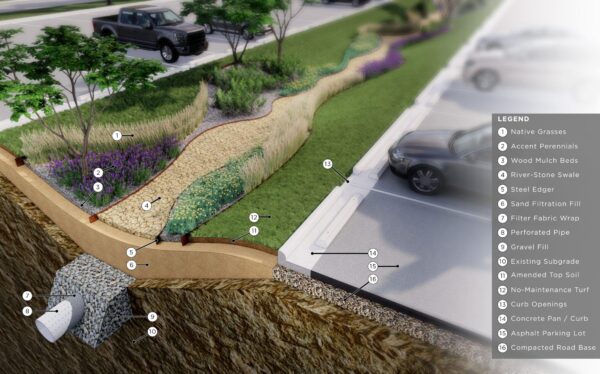
By integrating bioswales into existing infrastructure, suburban communities can take a crucial step toward creating more resilient and sustainable environments. However, bioswales are just one component of a larger network of cooling corridors that work together to enhance urban comfort and ecological health. Beyond managing stormwater, these corridors provide a range of benefits that extend to temperature regulation, air quality improvement, and community well-being. Understanding the full impact of cooling corridors highlights their potential to transform suburban spaces into greener, more livable environments.
